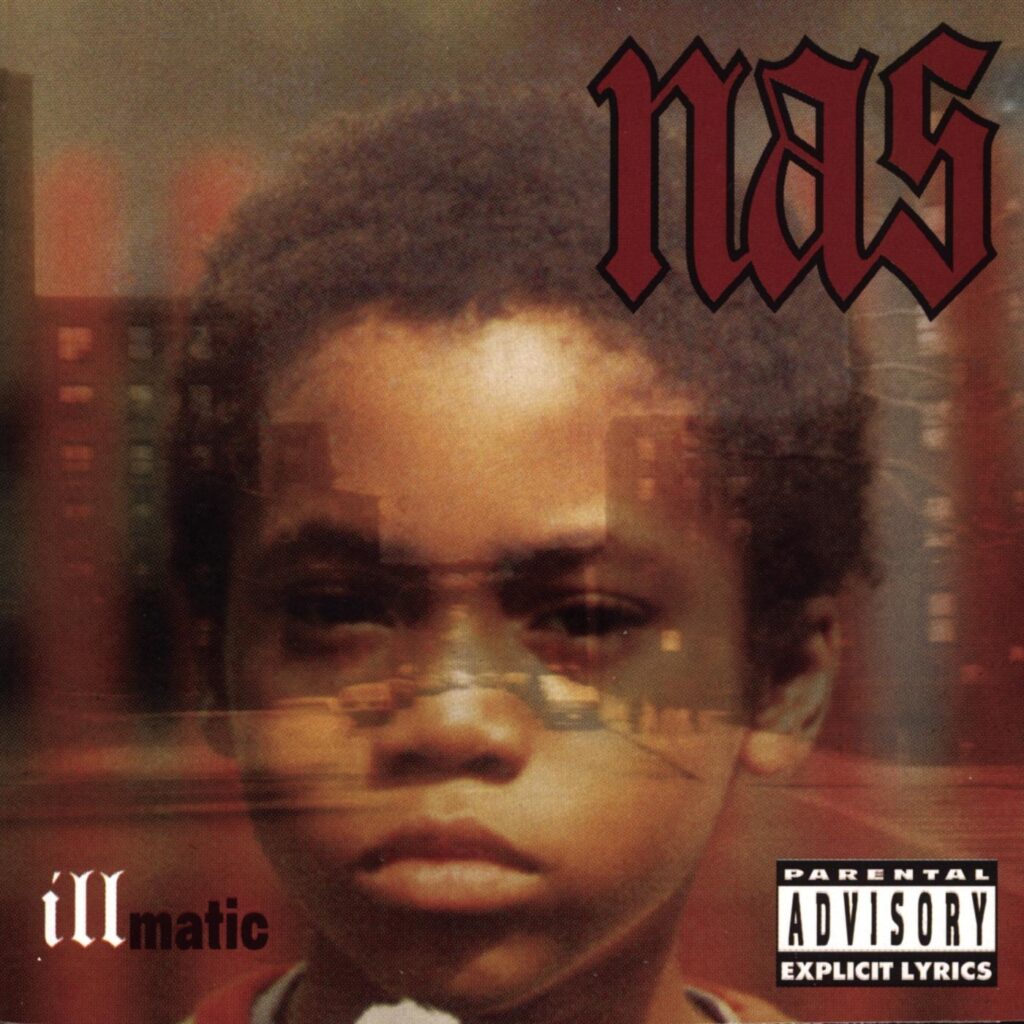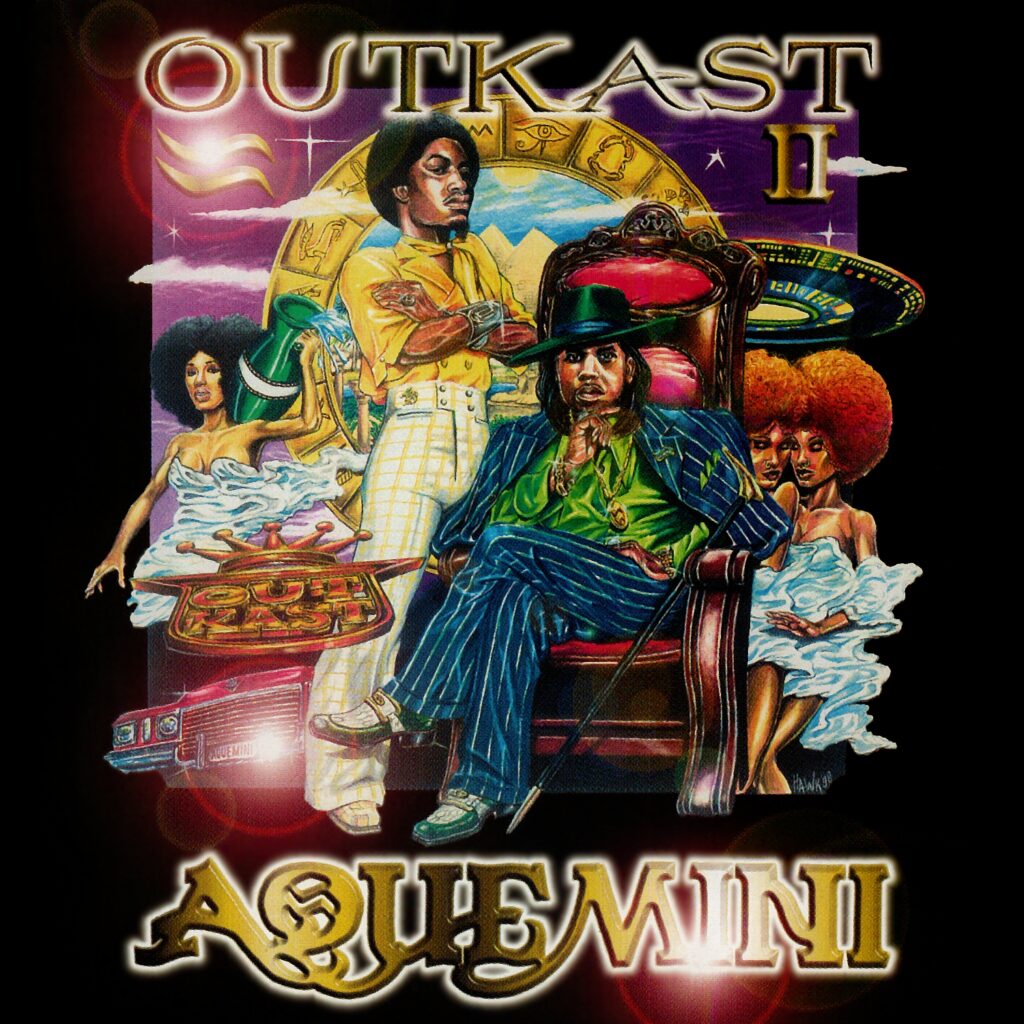Ms. Lauryn Hill, ‘The Miseducation of Lauryn Hill,’ 1998

Ms. Lauryn Hill’s debut solo album, The Miseducation of Lauryn Hill, defies simple categorization, moving seamlessly between genres such as neo-soul, R&B, hip-hop, and reggae, standing as a monumental achievement in the landscape of contemporary music. The concept of The Miseducation of Lauryn Hill is one steeped in introspection and societal critique. Inspired by Carter G. Woodson’s 1933 book The Mis-Education of the Negro and the 1974 film adaptation of The Education of Sonny Carson, Hill embarks on a nuanced journey of unlearning societal impositions to forge her own identity. Hill uses the title as a metaphor for undergoing a form of re-education, where personal and spiritual realizations challenge conventional norms. The album is fundamentally about learning through experience—the craft of facing love, heartbreak, motherhood, societal expectations, and faith, as she transitions from adolescence to adulthood. One of the most enthralling aspects of the album is its educational interludes, featuring Ras Baraka, who engages a group of children in discussions about love. These sections suggest a community striving for self-definition and reflect Hill’s personal quest to encompass all forms of love: divine, romantic, and self-love. Lyrically, Hill is both vulnerable and unapologetically assertive. The lyrics serve as a narrative reflection on her personal experiences, including her relationships with former Fugees member Wyclef Jean and her partner Rohan Marley. Tracks like Ex-Factor delve into the complexities and pain of toxic relationships, emphasizing vulnerability and strength as Hill reflects on emotional trauma and resilience. In To Zion, Hill transforms her personal decision to embrace motherhood into a universal declaration of love and courage. Here, she is unapologetically herself, glorifying her choice despite societal expectations that pulled her in a different direction. Themes of empowerment and self-love run throughout the album, with Hill urging listeners to celebrate their uniqueness and embrace their imperfections.
The Miseducation of Lauryn Hill is a confluence of various musical styles, integrating elements from the realms of Motown-era soul, reggae, and hip-hop. This blend creates a neo-soul masterpiece that is both nostalgic and innovative. The album’s sound is a departure from the polished, commercial soundscape of the late 1990s, opting for a raw production aesthetic. Hill purposely embraces a lo-fi quality that recalls the warmth and texture of vintage records. The fusion is evident in songs like Lost Ones, where Hill marries tight snares and spirited reggae elements with hip-hop sensibilities. This track not only reflects her mastery in genre-blending but also reinforces her lyrical prowess as she channels themes of karma and personal conflict. Similarly, Doo Wop (That Thing) sorts traditional R&B with contemporary streetwise flair, urging people to value themselves beyond superficial measures. Hill’s groundbreaking work with The Miseducation significantly influenced a generation of artists, ushering in a new era where playing with genre boundaries became more widely accepted. Her courage to present an honest narrative and challenge industry norms paved the way for future artists to embrace authenticity over commercial formula.
Nas, ‘Illmatic,’ 1994

Nas’ debut album Illmatic remains a seminal work in hip hop, often hailed as one of the greatest rap albums ever created. Emerging from the vibrant but gritty streets of Queensbridge, New York, Illmatic exemplifies the potential of hip-hop as a vehicle for storytelling, social commentary, and artistic expression. At its core, Illmatic is a staggering exploration of urban life from the perspective of a young man trapped in the circumstances of inner-city squalor. Unlike many rap albums of its time, which often glorified wealth and excess, Illmatic presents a gritty, realistic portrayal of street life and its accompanying socioeconomic challenges. Nasir Jones, better known as Nas, was just 20 years old at the time of the album’s release. He paints a vivid picture of life in Queensbridge, the largest public housing project in North America, blending personal narrative with universal themes of struggle and survival. Thematically, the album tackles gang rivalries, urban desolation, and poverty, providing a raw and introspective look into these issues through Nas’ eyes. Illmatic is a blend of “The Basketball Diaries” and “Native Son,” encapsulated by the struggles of a “gifted writer born into squalor” who uses his art to escape the confines of his environment. Nas’ songwriting is characterized by multi-syllabic internal rhymes, intricate wordplay, and vivid storytelling. From the opening track The Genesis, Nas sets the narrative tone—detailing the adversities and nuances of growing up amidst the stark realities of Queensbridge. Songs like N.Y. State of Mind transport the listener directly into the streets of New York City, employing a rhyming scheme and delivery that mirror the improvisational nature of jazz. Nas’ cadence and phrasing resemble jazz solos, creating an intricate dance of language and sound. Life’s a Bitch exemplifies Nas’ skillful articulation of existential themes, blending elements of hopelessness with moments of gratitude and reflection. The juxtaposition of such dense and somber lyrics with celebratory beats further illustrates the complexity of urban life that Nas addresses throughout Illmatic.
Illmatic‘s production is marked by its innovative use of diverse soundscapes that draw heavily from jazz influences, a rarity in the hip-hop genre at the time. Nas collaborated with a stellar lineup of producers including DJ Premier, Pete Rock, Q-Tip, Large Professor, and L.E.S., each bringing their unique sound to the project. Illmatic is noted for its minimalist beats that incorporate jazz, soul, and funk samples, creating a soundscape that complements Nas’ lyrical introspection. The album’s musical backdrops are razor sharp; hard beats but with melodic hooks and loops, atmospheric background piano, strings, or muted trumpet. The use of samples from various genres enriches the album’s texture, enhancing the emotional weight of Nas’ narratives. The impact of Illmatic on hip-hop cannot be overstated. It set a new standard for lyricism and storytelling, revitalizing the East Coast rap scene amid the dominance of West Coast G-funk. Artists like Jay-Z and Kendrick Lamar have cited Illmatic as a direct influence on their work, underscoring its importance in shaping the genre.
Outkast, ‘Aquemini,’ 1998

OutKast’s third studio album, Aquemini, derives its name from a portmanteau of the Zodiac signs Aquarius and Gemini, representing the unique duality of its members, Big Boi (Aquarius) and André 3000 (Gemini). The album explores this duality profoundly, juxtaposing Big Boi’s penchant for street-savvy narratives with André 3000’s more introspective, poetic musings. The theme of duality manifests in both the lyrical content and the interactions between differing musical styles, making the album a comprehensive exploration of individuality and unity. Aquemini navigates existential themes such as the desolation of the human condition, individuality, self-determination, drug addiction, and the precariousness of relationships. It touches upon the technological intrusion into personal spaces and critiques societal structures. The album is particularly noted for its introspective tone, as it revisits OutKast’s and the listener’s roles in both systemic challenges and personal growth. Aquemini is marked by its lyrical richness and narrative depth. The duo employs intricate wordplay and metaphors to address a variety of serious topics. Songs like Return of the ‘G’ grapple with societal expectations and criticisms, confronting public perceptions about the duo’s artistic direction. Tracks like Rosa Parks weave social commentary and the story of the legendary activist Rosa Parks with infectious rhythms, displaying OutKast’s capacity to balance profound messages with accessible music. The title track, Aquemini, delves into the transient nature of life, emphasizing the importance of authenticity and enduring bonds amidst uncertainty. The lyrics metaphorically explore the juxtaposition of Aquarian fluidity and Gemini dynamism, symbolizing both personal struggles and universal truths. Aquemini’s production is a landmark in hip-hop for its inventive use of live instrumentation and genre-blending. The album was primarily produced by OutKast themselves along with Mr. DJ, emerging from their mentorship under Organized Noize. This creative independence allowed them to craft a sound that was both sophisticated and experimental, integrating elements of southern soul, funk, and modern hip-hop. Tracks like SpottieOttieDopaliscious highlight the album’s distinct production style, featuring soulful horns and narrative-driven instrumental sections. The live instrumentation is not just an ornament but serves as a backbone to the album’s sonic identity. Songs like Slump and Synthesizer display sonic boldness, using baby talk and screechy effects to push conventional boundaries, providing an invitation to experience hip-hop in a new dimension.